Today (November 15th) is the second day of the Advanced Imaging Conference (AIC) in San Jose, California. We’ll see how well I can keep up the live blog.
Friday was a very good day. I attended workshops on image processing programs PixInsight and CCDStack and observatory automation programs CCDAutoPilot and ACP. All very interesting. The CCDStack presentation from Stan Moore was particularly good. He covered data rejection techniques in detail. I have still not decided between CCDAutoPilot and ACP. ACP seems more robust, but there are some very cool features (auto G2V calculation, strong dithering algorithm) in CCDAutoPilot.
08:30 PST — We are under way. Tim Ferris awarded the 2008 AIC Hubble Award for creating the film, Seeing in the Dark. Commenting on the creation of films, how many are resistant to technology. The old 24 fps story. HD is shot at 30 fps. Now on to shallow focus. Another technical artifact of slow color film. People become stuck in the past. They used special effect techniques in the film to, among other things, make stars twinkle. This looks like an excellent film.
09:30 PST — John Gleason, A Celebration of Ha Imaging. Absolutely astounding narrowband images. Well, the ST-10 is good for Ha. Standard advice, expose, expose, expose. Live processing demo! A real risk taker. Extensive non-linear stretching of the image with curves, some clipping using histogram. 3-picel minimum filter “Continuum subtraction.” Use noise reduction to clean up noise from filter. Days of processing, lasso, feather of 100, curves and levels on selected areas. Analogous to burning and dodging. Relies on very deep exposure, lots of dynamic range. This allows extensive processing. It is interesting that there is no use of special tools, just lasso, curves, and levels. A great result.
On to Australia. Out in the outback with the Milky Way illuminating the ground. Sounds beautiful. Down there you have the galaxy right overhead. Many Ha targets.
10:30 PST — Break Time
11:00 PST — Michael Backich, Senior Editor and Astronomy Magazine. What a Photo Editor Wants Picture selection depends on the story, not pro or amateur. And the editor is god when selecting photos. Best submissions are e-mailed, TIFF, and highest resolution you have. Make the subject of the e-mail with only the object identifier. At www.Astronomy.com/astroimages provides information on what has been published for the last several years. Try something that hasn’t been done or that hasn’t been done recently. Also add descriptions, emphasis on “only,” “last,” “first,” and the like. Also, interesting things: Good double stars, variable starts, showers, comets, etc. Same object, different wavelengths. Simple camera, star trails shots. Astronomy will be starting an on-line reader gallery. Starting an e-mail list, will put out announcements, requests for images. E-mail Michael.
11:45 PST — Lunch
13:00 PST — Vendor Presentations
SBIG: new STX Cameras, standalone autoguider, new all-sky camera — color and daylight.
Software Bisque: The Sky X — multi-platform, 50x performance improvement, reduce separate applications, simplify installation. Professional version mid-2009. AP support!
RCOS (Adam Block presenting): Big 24″ scope. Clearly an amazing scope.
13:35 PST — Alex Filippenko, UCB — Dark Energy and the Runaway Universe Do you believe that people mistake Cosmology and Cosmetology? A good and entertaining presenter, probably a good professor too. Zwicky: “Spherical bastards: bastards anyway you look at them.”
14:30 PST — Break
15:00 PST — Ron Wodaski Tzec Maun Foundation 50′ steel dome in New Mexico. A foundation to provide free internet access to telescopes for students and researchers. The foundation will be providing a scholarship to AIC 2009.
15:25 PST — Sean Walker, Imaging Editor, Sky & Telescope, Collaborative Imaging One partner from Sky and Telescope, the other a great amateur telescope maker. WinJUPOS, plot positions of the major planet features. Can import and flatten your images. Sean created an amazing picture map of Mars, and another of Venus. The Venus image is really unprecedented.
16:00 PST — Chris Ford, Pixar, Astronomy in 3d Constrained: Fixed to real images, Unconstrained, able to visualize. The latter open to all artistic license. The talk is on the former. Amazing 3d visualization of astro images. Very interesting, but not for me for quite a while. It’s enough to do regular processing.
17:05 PST — Close up the live blog for the day.
Like this:
Like Loading...

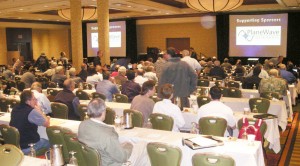

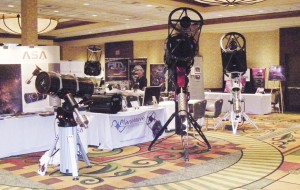

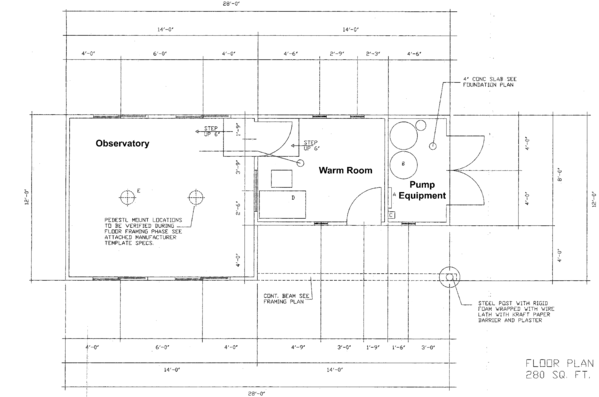
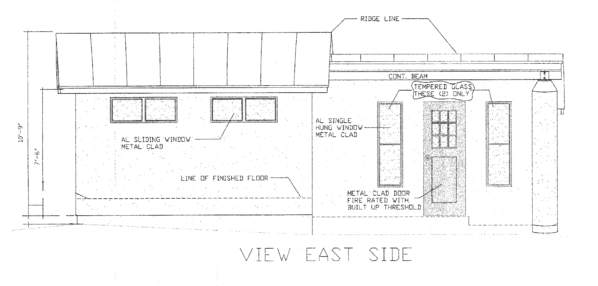
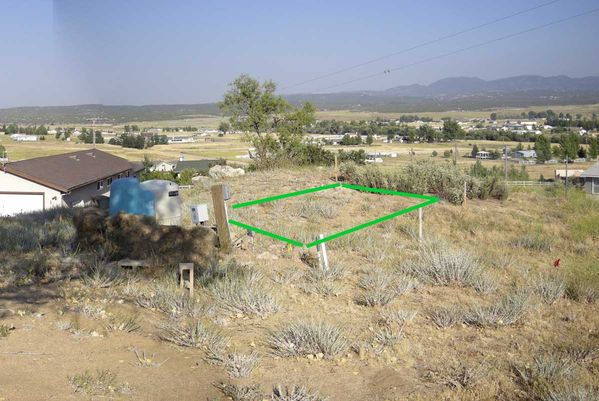

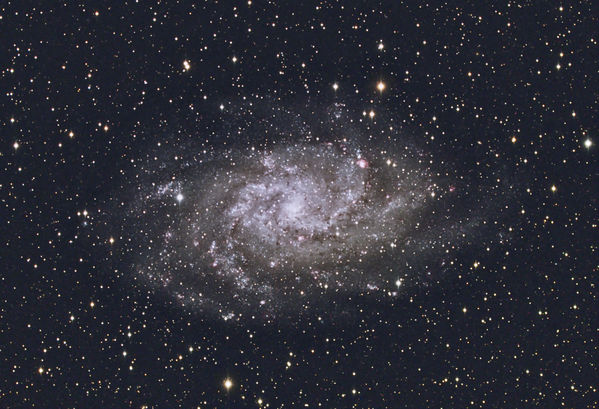

You must be logged in to post a comment.